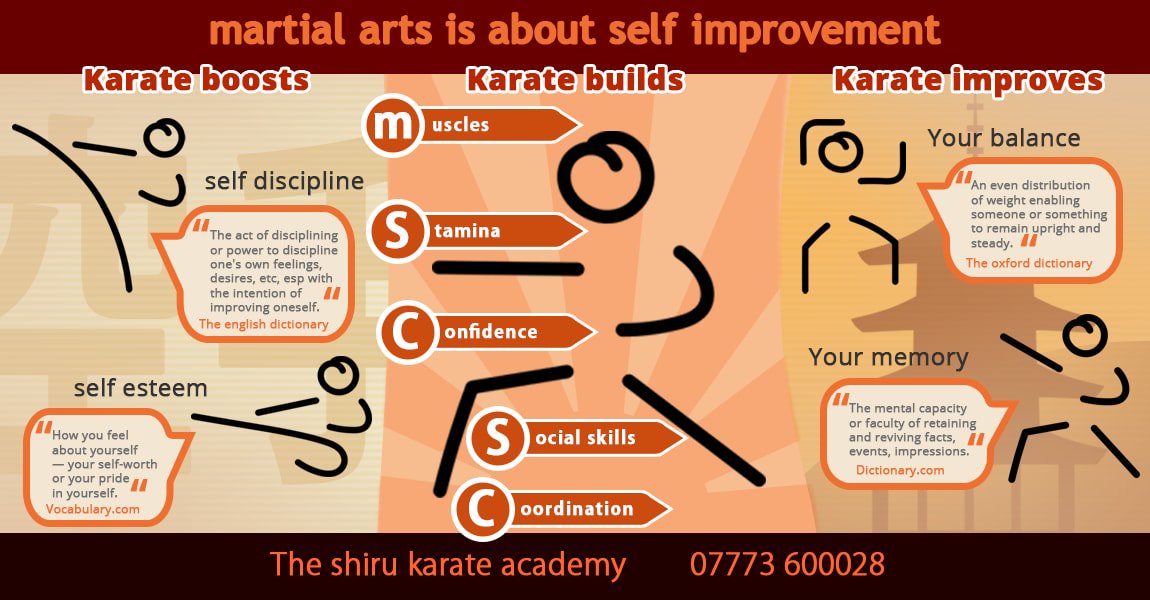Discovering The Rich Heritage And Spiritual Dimensions Of Fighting Style: A Detailed Assessment
Discovering The Rich Heritage And Spiritual Dimensions Of Fighting Style: A Detailed Assessment
Blog Article
Material Writer-Barber Friedman
Enter the ancient world where martial arts were born out of necessity in varied regions. Societies crafted special fighting styles intertwined with historical contexts. Strategies progressed over centuries via dedicated technique and social exchanges. Today, modern martial arts blend traditional components for optimal efficiency. Philosophically, martial arts highlight self-control, self-improvement, and harmony. Respect, humility, and balance are foundational concepts directing practitioners in the direction of development and durability. Discover the midsts of this abundant history and ideology to uncover the profound impacts shaping this enduring self-control.
Beginnings of Fighting Style
Fighting style came from different areas around the world, evolving as functional combat systems to defend against hazards. martial arts classes adults near me combating styles were created out of need, with each society crafting methods fit to their special environments and obstacles. From the grappling arts of Jujutsu in Japan to the striking strategies of Kung Fu in China, martial arts were deeply linked with the historical, social, and cultural textile of their respective cultures.
In Japan, the samurai class polished martial arts like Kenjutsu, the art of the sword, which later advanced into the much more promoted form of Kendo. On the other hand, in Brazil, Capoeira emerged as a blend of dancing and fight, developed by enslaved Africans as a means to stand up to fascism. Each fighting style brings with it a rich history and viewpoint, showing the worths and beliefs of individuals that practiced them.
As you delve into the origins of martial arts, you uncover a tapestry of human ingenuity, durability, and the unrelenting spirit of warriors throughout time.
Evolution of Strategies
With centuries of technique and improvement, battle techniques within different martial arts have gone through an extensive development. From old designs like Kung Fu and Karate to more modern self-controls such as Brazilian Jiu-Jitsu and Krav Maga, the evolution of strategies has been driven by a mix of social influences, sensible applications, and technological developments.
Get More Information of this development is the cross-pollination of strategies between different martial arts. For instance, strategies from typical Japanese Jiu-Jitsu were integrated into the development of Judo by Jigoro Kano in the late 19th century. This blending of designs has actually led to the development of crossbreed martial arts like Mixed Martial Arts (MMA), which combine aspects of striking, grappling, and entry methods.
In addition, the advancement of methods has been shaped by the raising emphasis on performance and performance in battle. Practitioners have actually constantly looked for to improve their techniques through strenuous training, testing, and competition, leading to the advancement of very specialized and efficient fighting styles. On the whole, the development of strategies in martial arts shows the vibrant nature of combat and the recurring pursuit for renovation and technology.
Philosophical Structures
Checking out the underlying philosophical principles of martial arts provides insight into their core values and leading beliefs. At the heart of many martial arts self-controls is the concept of technique itself. By educating your body and mind to serve as one natural unit, you grow technique that prolongs beyond the dojo or health club into day-to-day life. This self-control incorporates respect, humility, and self-constraint, shaping not just your physical capacities but additionally your personality.
Another essential philosophical structure in martial arts is the idea of continuous self-improvement. The journey of mastering a martial art is relentless, with experts continuously making every effort to much better themselves, both literally and psychologically. This concentrate on development cultivates strength, willpower, and a growth frame of mind that can be put on all aspects of life.
Furthermore, martial arts highlight the value of harmony and balance. Methods are developed to utilize a challenger's power versus them, highlighting the concept of generating and redirecting force rather than fulfilling it head-on. This viewpoint includes interpersonal connections, advertising tranquil resolutions and mutual understanding. By welcoming these philosophical structures, martial musicians not only boost their combat abilities but also cultivate a lifestyle fixated individual development, regard, and consistency.
Conclusion
Finally, the history and approach of martial arts supply an abundant tapestry of tradition, self-control, and self-improvement.
Take for example the story of Bruce Lee, who transformed martial arts by mixing various styles and philosophies to produce his own one-of-a-kind kind of Jeet Kune Do.
Through commitment and innovation, martial musicians continue to press boundaries and influence others to reach their full potential both in battle and in life.
